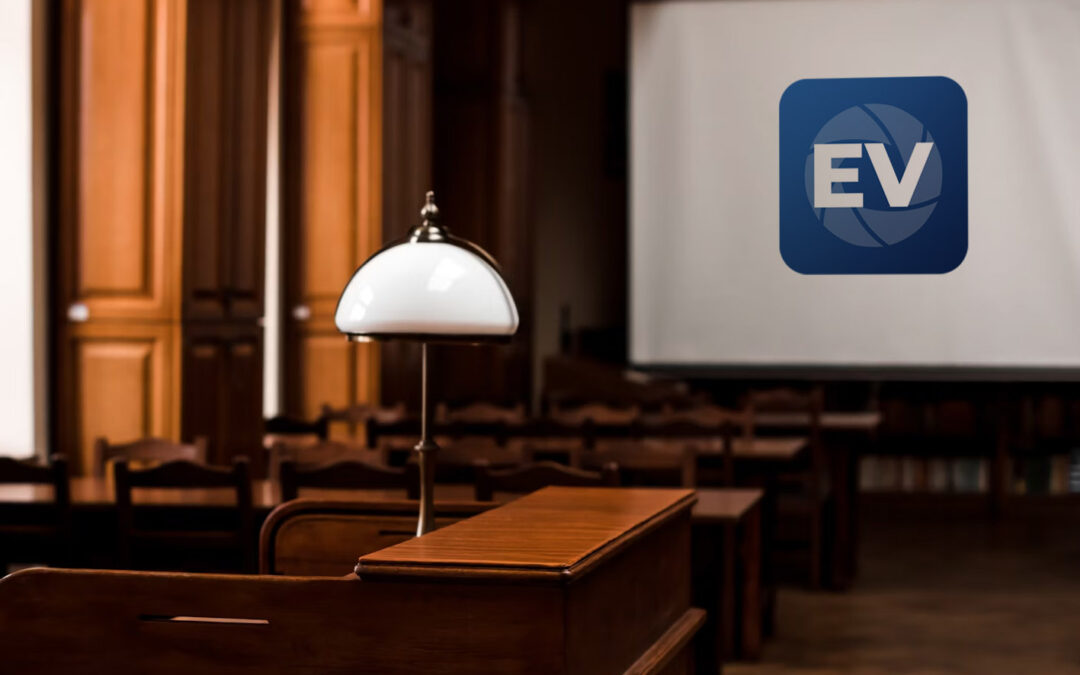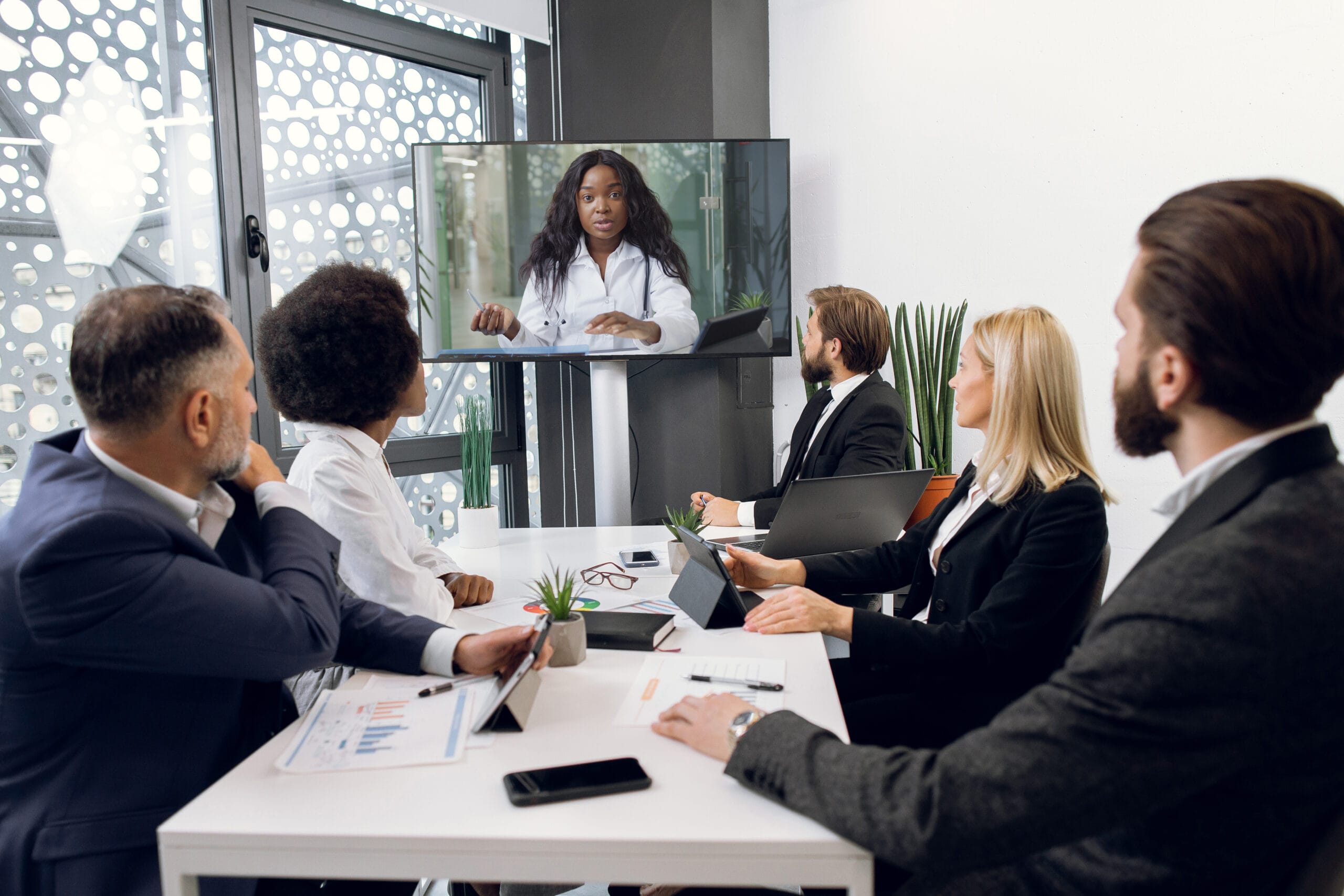Organize case evidence into impactful trial presentations to strengthen arguments.
Organize case evidence into impactful trial presentations to strengthen arguments.
Blog Article
Discover the Value of Trial Presentations for Successful Legal Outcomes
In the world of litigation, the effectiveness of test discussions can usually be the crucial aspect in protecting beneficial lawful results. By translating detailed legal arguments into compelling stories, attorneys can boost juror comprehension and involvement. Moreover, the calculated use of visual aids and organized narration not just aids in retention however additionally shapes the court's understanding of the case. As we discover the necessary components of impactful trial presentations, one have to consider exactly how these aspects link to influence the final verdict. What techniques can truly elevate a presentation from ordinary to phenomenal?
Understanding Test Discussions
Understanding test discussions is essential for lawyers looking for to properly communicate their disagreements and evidence to a court. A test discussion functions as an essential tool in the court room, changing complex legal principles and case information into a systematic narrative that jurors can easily understand. Lawful experts have to identify that jurors are frequently laypeople, unknown with legal jargon and procedural details. As a result, the ability to distill information into clear and compelling visuals, together with oral arguments, substantially enhances the opportunities of positive results.
In addition, the structure and delivery of a trial discussion can affect juror assumptions and decision-making. Reliable discussions make use of a combination of storytelling, visuals, and persuasive strategies to involve jurors and keep their interest throughout the trial. This requires thorough planning and preparation, as each element has to align with the instance approach and goals.
Additionally, understanding the psychological aspects of juror habits is essential in crafting a successful trial discussion. Lawyers have to consider how jurors interpret information, reply to emotional charms, and kind prejudices. By addressing these elements, attorneys can develop presentations that resonate with jurors, inevitably helping in the pursuit of justice.
Crucial Element of Efficient Presentations
Effective trial presentations rest on several crucial elements that collectively boost their performance. Most importantly, clearness is vital; legal disagreements have to be expressed in a simple manner, preventing lingo that can puzzle the jury. Speakers should structure their disagreements practically, assisting the audience through the story in a coherent sequence.

Visual aids also play a critical function in effective presentations. Properly designed slides, charts, and graphics can aid distill complicated info and strengthen bottom lines, making them a lot more remarkable. In addition, making use of storytelling techniques can involve the jury mentally, creating a connection that transcends plain realities.
An additional vital component is the presenter's shipment style. Confidence, interest, and ideal body language can substantially affect just how the message is received. Exercising efficient eye get in touch with and singing variant keeps the court attentive and bought the presentation.

Effect On Court Understanding
The impact of test presentations on jury perception is extensive, as the method information is communicated can significantly affect jurors' interpretations and choices. Jurors are charged with examining complex details and making decisions based on evidence offered during the trial. Reliable presentations that utilize clear visuals, compelling narratives, and official source organized material can enhance jurors' understanding and retention of crucial realities.
Additionally, the emotional tone and shipment of the discussion play a crucial function fit jurors' perspectives. Presentations that resonate mentally can develop compassion and link, persuading jurors towards the attorney's viewpoint. Alternatively, a badly structured or overly technical presentation can bring about complication and disengagement, leading to unfavorable perceptions of the situation.
Furthermore, jurors commonly rely upon non-verbal signs, such as body language and eye get in touch with, which can impact their rely on the speaker - trial presentations. For that reason, attorneys should be really familiar with how their discussion design can either strengthen or undermine their disagreements. In summary, well-executed trial presentations are vital for assisting court perception and eventually affecting the end result of legal proceedings
Strategies for Engaging Storytelling
Crafting a compelling narrative is crucial for involving storytelling in the court. An efficient tale ought to reverberate with jurors on an emotional degree while plainly describing the realities of the case. Beginning by developing a solid central style that envelops visit homepage the essence of the argument. This style functions as a directing string throughout the discussion, aiding jurors make links and maintain details.
Utilizing character advancement is critical; humanizing the events included allows jurors to feel sorry for their experiences. Present key numbers early, giving context and history to make them relatable. Additionally, employing a clear framework-- starting with an interesting intro, complied with by a well-organized body, and wrapping up with a powerful resolution-- ensures the narrative flows logically and here are the findings preserves juror passion.
Including vivid images and descriptive language can better improve the tale, producing mental photos that make the facts more unforgettable. Ultimately, using rhetorical questions can provoke thought and representation, triggering jurors to actively engage with the story. By employing these approaches, attorneys can produce narratives that reverberate deeply, eventually influencing the jury's decision-making procedure.
Enhancing Proof With Visual Aids
While providing evidence in a test, the assimilation of visual help can considerably improve comprehension and retention among jurors. Visual help, such as graphes, graphs, pictures, and video clips, offer to clarify intricate info and create an extra appealing story. By showing vital points, these tools assist jurors to attract links between proof and the situation's overarching styles.
Furthermore, aesthetic help can streamline complex details that might otherwise bewilder or confuse the court. For instance, a timeline can effectively display the series of events, while a diagram can highlight connections or interactions in between parties associated with the case. This clearness fosters greater understanding and assists in notified deliberation.
The calculated use aesthetic aids likewise take advantage of the aesthetic discovering preferences of numerous jurors, making the provided proof extra relatable and memorable. When jurors can envision truths, they are a lot more most likely to keep vital information, resulting in better-informed verdicts.
Inevitably, reliable trial discussions that integrate visual aids not just enhance the situation yet also equip jurors to engage proactively in the judicial procedure, promoting more fair lawful outcomes. In summary, boosting evidence with aesthetic aids is a critical technique for successful trial presentations.

Final Thought
In summary, test presentations serve an essential feature in the legal process by translating intricate legal disagreements into relatable narratives for juries. Effective presentations, characterized by structured narration and visual aids, substantially enhance juror understanding and retention of information.
Report this page